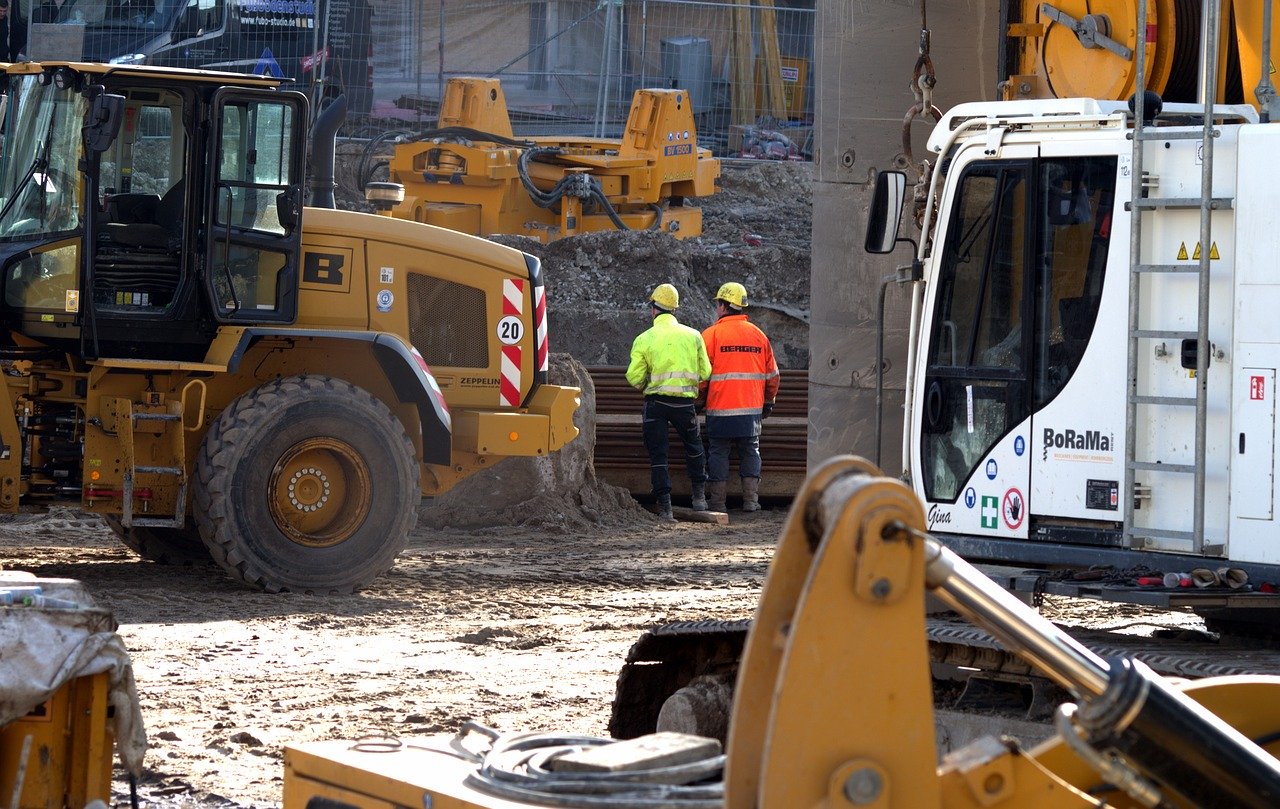When everyone clearly understands what “finished work” looks like, all teams and project stakeholders can easily align their expectations. With standardised rules and practices to qualify “work done”, you avoid delays and minimise mistakes. When is a handover considered successful? Where on site will incoming materials be delivered, and when are they considered correctly received? These are simple questions, but these seemingly simple actions can generate delays and downtime on the construction site. They may even cause commercial claims that can jeopardise project margins. Hence, project managers need to get subcontractors and other project participants to contribute to creating a single, central, live view of their project planning into their project management. We repeatedly see people walking around construction sites with important information stored inside their heads and in disconnected formats (hard copies/print-outs, PDFs, spreadsheets). They constantly get yanked into work arguments with zero knowledge of what they are doing, whether it has actual value or not.
When you know when a job should be considered “done”; when you have the capability to communicate its completion to the correct parties; and when you are able to execute tasks in a collaborative environment, it makes a notable difference. Progress tracking becomes easy, transparent, and actionable. Meanwhile, disconnected schedules and stakeholders and non-standardised work practices lead to isolated processes and systems that distort the entire picture of a project and its progress. All that comes down to constant delays, frequent disputes, and lack of peace of mind for you — that’s not what you want for your project, or for yourself.
Here are the main reasons and primary benefits of having a shared understanding of the concept of “done”:
1. Everyone is on the same page
People often have conflicting ideas of what is finished or not. Deciding together as a team on a standard of what is considered “done” is essential. This aligns everyone to the needs of the project and the required upcoming steps. Because everyone has the same accurate view of the project and are on the same page, people know when to communicate their tasks, turn up on site at the correct time and day, and update when they finish their jobs. Additionally, this helps everyone in the project to make faster, well-informed decisions.
Free ebook: Why WhatsApp and Excel aren’t enough for running complex construction projects
2. Reduce downtime
Clearly communicating when a team or an individual has finished a smaller task or a big job greatly reduces the waiting time between activities and jobs. As we have seen on thousands of construction projects, subcontractors or teams often arrive on site in vain because the jobs that need to be done before they can perform theirs are delayed, or the materials needed have not arrived yet. In this case, they wait unnecessarily or reschedule their work for another day. This generates delays and additional costs that could have been avoided with a central, live construction schedule.
3. Limit waste
There are lots of elements considered to be waste in a construction project: materials, time, unproductive labour, unsuitable equipment. In essence, anything that does not add value to the project, or diminishes the value of the project is considered waste. By understanding and standardising a task’s system boundaries, basically when a task starts and when it finishes, everyone can plan ahead with greater efficiency, have actions in place for predictable scenarios, and avoid wasteful practices.
4. Standardise tasks, practices and processes
When you clearly define every task and have a shared criteria of when they start and when they finish, you are standardising task practices and processes that determine their fixed system boundaries. With that as reference, you have put in place a system that you can effectively measure the success or failure of a task. For projects that include repetitive processes, having a robust standard allows you to continuously and consistently analyse the way you build and progress and ultimately improve your work and communication process with and within your teams.
Read also: Standardise as you go: The key to better and admin-free processes
5. Better materials management
When you have broken up your tasks and understood the hierarchical structure of the interconnected jobs needed to accomplish your project successfully, you have a clear-cut understanding of each activity that needs to be done and the scope of work required. With that understanding, you also have a precise knowledge of which materials are needed, when. You no longer have to spend money on maintaining a huge inventory and the costs that go along with overstocking, such as materials being damaged or stolen.
6. Better labour management
Knowing when tasks and activities are done and being able to communicate their updates instantly helps you develop a rational view of the labour resources required to accomplish the required amount, scope and character of work. It provides you with a framework of what skills and experience and how many people you need to deploy for various tasks. You no longer have to do guesswork on the project participants you need for standardised project deliverables.
Learn more: How to efficiently manage and resolve project constraints
Without a clear definition of “done”, your project teams and subcontractors will not know their exact work scope and what they are working towards. For your project to progress successfully, you need to know exactly where things are in the construction process. A universal definition of done lets your team and subcontractors finish what they are doing and move on to the next job. Without a clear idea of what is “done”, unfinished work piles up, disconnected tasks impede project progress, and you end up with delays and downtime.
Standardise your definition of “done”, avoid delays
Defining your concept of “done” for your project team and subcontractors starts with a project planning tool that allows you to break down the project tasks and assign them to prioritised teams and subcontractors. Once you have organised everyone on a live, central platform where they can communicate and update each task and deliverable, no one has to wait between connected tasks. In the case of a delay, your teams and subcontractors can refocus on executing other functional tasks to avoid time waste and claims.
You, too, can easily determine project tasks and avoid delays and downtime on your construction site. Download our ebook today and learn how you can standardise the concept of work “done”, determine the flow of connected jobs and quickly reorganise your team to handle connected project risks.




